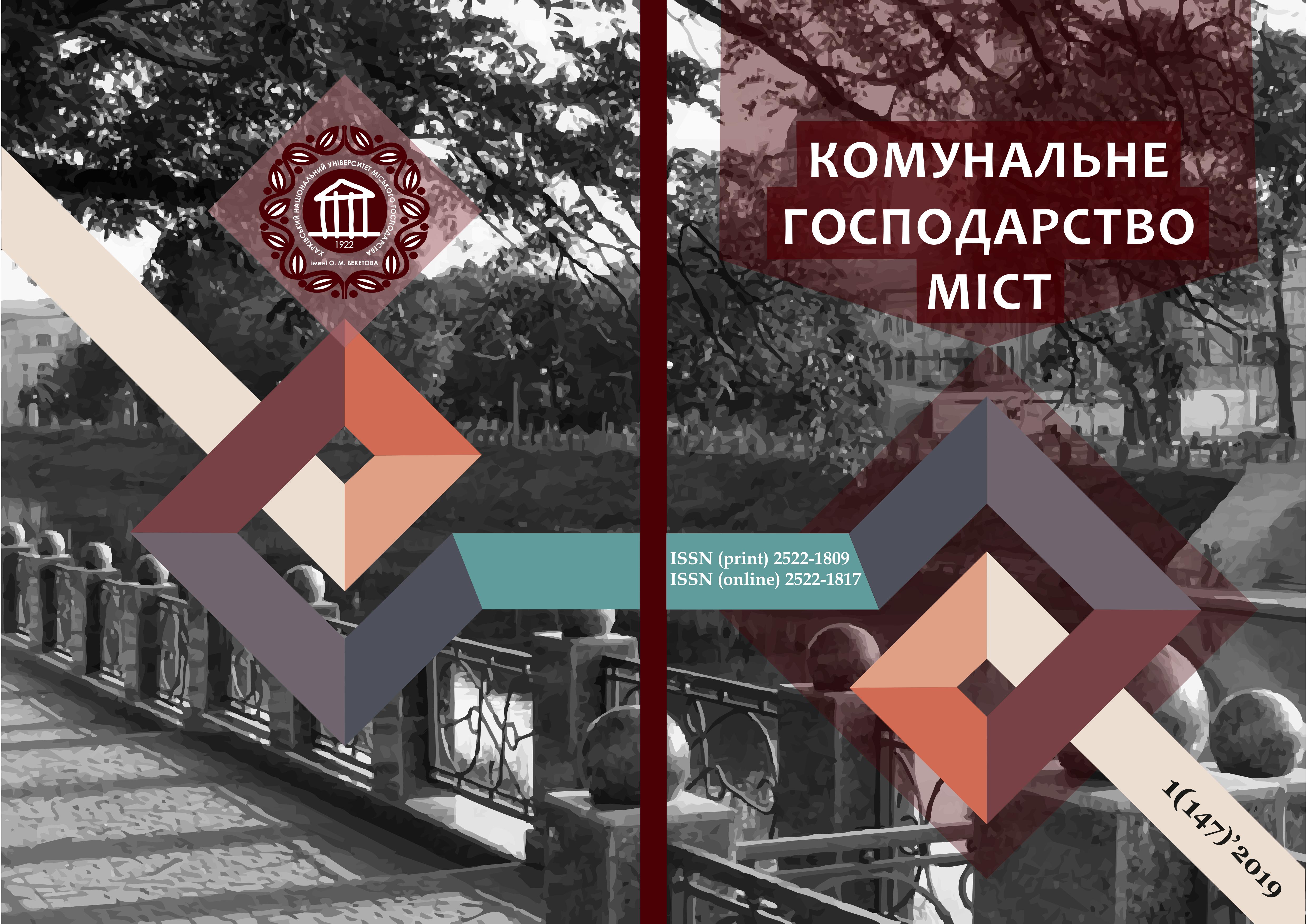FEATURES OF THE PRODUCTION OF CERAMIC TILES
Array
Keywords:
tile, press powder, skimmer, frit, glaze, pressing, clay, technologyAbstract
The technology of production of glazed ceramic tiles is considered. As the main raw material, you are using clay, which should meet a number of requirements, primarily chemical composition, ceramic, water, mechanical and drying properties, and nonplastic materials-additives.
The technology of the production of clay suspension is considered in particular, a slippery method for the preparation of glyphosate masses, which includes the preparation of a clay-based suspension in a turboprop crusher, a joint grinding of clay suspension and nonplastic materials in a tubular mill of continuous action, and a cross-section of a shliker on a press -Powder in tower razor-dusting driers.
The method of powder powders was widely used in the production of ceramic tiles. For the manufacture of press powder, gly-or several different clay-based chemical materials and non-plastic materials and additives are used.
The technology of press powder extrusion is considered. Hydraulic presses are used to press the tile. The pressing mode is chosen depending on the size of the tile, its shape, properties of press powders and the technical features of the press.
The technology of manufacturing of angles and glazes, technology of applying angobs and glazes on the surface of the tile is considered. After the engraving and decoration, the tiles are dried in single-tier horizontal dryers and burned in high-speed ovens. The quality control of the finished ceramic tile takes place in accordance with the current national standards.
References
Gorokhov, E. V. (2009) Materials Science and Technology of Keramika: A Handbook. Minsk: Vish. Shk., 222.
Balkiewicz, V. L. (1984) Technical ceramics: study. allow-ance for clothes. - 2nd ed. redone and add - Moscow: Stroyiz-dat, 256.
Budnikov, P.P., Balkiewicz, V.L., Poluboyarnikov, D.N. (1972) Chemical technology of ceramics and refractories - Moscow: Stroyizdat, 552.
Krupa, A.A., Gordonov, V.S. (1990) Chemical technology of ceramic materials: study. allowance - K .: Higher shock, 399.
Moroz, I. I. (1972) Technology of building ceramics. - You go Shk., 416.
Correiaa,b, S.L., Hotzac, D., Segadãesd, А.М. (2004) Sim-ultaneous optimization of linear firing shrinkage and water ab-sorption of triaxial ceramic bodies using experiments design. Ceramics International 30, 917–922.
Randall, M. (1996) Sintering Theory and Practice. ISBN 0-471-05786-X. Wiley-VCH, January 1996. Retrieved from http://adsabs.harvard.edu/abs/1996stp..book.....G
Hyo Jin Kim, Sung-Min Lee, Yoon-Suk Oh, Young-Hwan Yang, Young Soo Lim, Dae Ho Yoon, Changgu Lee, Jong-Young Kim. Unoxidized Graphene/Alumina Nanocomposite: Fracture- and Wear-Resistance Effects of Graphene on Alumina Matrix. Retrieved from https://www.nature.com/articles/srep05176
Palienko, E.A. (2012) Definition of TLLR of glaze and ce-ramics. Building materials, products and sanitary equipment: Scientific and technical collection, 44, 155-157.
Shchukina, L.P., Rishchenko, M.I. (2017) Non-pigmented painting of architectural-building ceramics with the acquisition of bright colors. Scientific herald of construction-va, 89, 3, 211-215.
Fedorenko, O. Yu., Dyneko, K.B. (2017) Estimation of the efficiency of the use of alkaline kaolins of the Maidan-Vylsky deposit in the technology of ceramic tiles. Scientific Bulletin of Construction, 90, 4, 120-126.
Lysachuk, GV., Shchukina, L.P. (2013) Estimation of the suitability of clay raw materials for the production of wall and facade ceramics. Glass and ceramics, 3, 14-19.
Downloads
Published
How to Cite
Issue
Section
License
The authors who publish in this collection agree with the following terms:
• The authors reserve the right to authorship of their work and give the magazine the right to first publish this work under the terms of license CC BY-NC-ND 4.0 (with the Designation of Authorship - Non-Commercial - Without Derivatives 4.0 International), which allows others to freely distribute the published work with a mandatory reference to the authors of the original work and the first publication of the work in this magazine.
• Authors have the right to make independent extra-exclusive work agreements in the form in which they were published by this magazine (for example, posting work in an electronic repository of an institution or publishing as part of a monograph), provided that the link to the first publication of the work in this journal is maintained. .
• Journal policy allows and encourages the publication of manuscripts on the Internet (for example, in institutions' repositories or on personal websites), both before the publication of this manuscript and during its editorial work, as it contributes to the emergence of productive scientific discussion and positively affects the efficiency and dynamics of the citation of the published work (see The Effect of Open Access).

